This month, the Florida Department of Children and Families launched a new approach to child safety that its leaders predict will “transform” the old system.
The department is training 5,000 staff members, putting new technology in their hands and collaborating with judges, service providers, Guardians ad
Litem and others to create a consistent, “holistic” child-welfare system.
“We called the initiative Child Protection Transformation, because it completely changes the way DCF approaches reports of abuse and neglect,” wrote DCF Secretary David Wilkins in an op-ed piece in the Tallahassee Democrat on July 5.
According to Wilkins, he learned that the state””””s child welfare system was “broken” shortly after taking the reins at DCF, when 10-year-old Nubia Barahona was murdered in February 2011. Wilkins diagnosed the problems as systemic, including the inexperience of DCF workers — due partly to their rapid turnover — and the lack of proper training for them.
“Our focus will shift to assessing the full family functioning to understand the dynamics and set the stage for identifying needs that will keep the children safe,” he wrote. “Our investigators and case managers are being trained to engage the whole family in the process to teach them to make better decisions and, when necessary to keep the child safe, remove children from dangerous situations.”
But as the new system rolls out, some children””””s advocates are asking whether DCF has cut too many corners, thereby putting more families at risk.
“The underlying premise (of the new initiative) is good,” said Robin Rosenberg, deputy director of the advocacy group Florida””””s Children First. “But we have grave concerns about the implementation and the risk to Florida””””s children during the implementation.”
Rosenberg cited a July 1 memo from DCF Assistant Secretary for Operations Pete Digre and Child Protection Transformation Director Kellie Sweat Darnell, among others, eliminating what is known as a “second-party review” that had been required in child protection cases.
Previously, investigators had to complete safety assessments within 48 hours of their first contacts with children, followed by reviews by supervisors within 72 hours and, when certain risk factors were present, second-party reviews by program administrators or their designees.
“The intent of the second-party review was to identify, assess and ensure close monitoring, tracking and concurrence with the supervisor””””s assessment of the investigations presenting with predefined risk factors,” the memo said. “Over time, this required process … no longer provides the intended value.”
Rosenberg called it troubling that DCF would eliminate second-party reviews after the deaths of four Florida children since mid-May — 5-month-old Bryan Osceola, 4-year-old Antwan Hope, 1-year-old Fernando Barahona and 2-year-old Ezra Raphael. All the children had previous contacts with DCF, which has come under fire for their deaths.
“The purpose of a second-party review is to have a third set of eyes on what we know are the highest-risk children,” Rosenberg said. “Removing that second-party review, it””””s really scary. And it””””s really scary coming (after) the four recent deaths we know about in such a short time.”
DCF spokesman Whitney Ray said eliminating the second-party reviews “will allow our most experienced child-protection experts and program administrators to get out from behind the computer and spend more time working directly with (child protective investigative) supervisors at any time during any child abuse investigation and mentor the … supervisors on how to supervise and develop their (child protective investigators).”
Furthermore, Ray said, time-saving measures implemented with DCF””””s new safety initiative will free up supervisors to spend more time in the field.
Rosenberg is also troubled by evidence that the transformation initiative is relying on a risk-assessment tool whose originators fear has been compromised by DCF.
The tool was developed by the Children’s Research Center at the National Council on Crime and Delinquency. In Florida, it has been used by Our Kids, the community-based care agency for Miami-Dade and Monroe counties.
Our Kids CEO Fran Allegra endorsed the tool on the Children’s Research Center””””s website. Community-based care agencies are local nonprofits that carry out many child-welfare responsibilities.
“We no longer need to rely on hunches — (the tool) puts science on our side when making critical calls in the life of a child,”””””””” Allegra wrote.
Wilkins originally enlisted the Children’s Research Center to work on the child safety transformation. But in a Nov. 30, 2012, letter, the center””””s director, Raelene Freitag, withdrew from the collaboration, saying she had learned that day that DCF had “substantially modified” the assessment tool without notifying her.
“The impact of this is serious,” Freitag wrote. “For example, arbitrarily raising the cut-point for high risk means families that should be rated high risk will now be labeled as moderate risk. This will result in those misclassified families not receiving intervention. Research clearly shows that when high-risk families are not served, recurrence of maltreatment is double what it could be with intervention.”
DCF””””s Ray said the department is still in discussions with the center to gain permission to use the tool statewide with no changes. He said center officials have agreed to come and review DCF””””s policies and training. But even without the tool, he said, the DCF initiative “once fully implemented, will improve the state””””s child protective services and keep more children and families safe.”
On July 2, a spokeswoman for the center told The News Service of Florida, “We do not have an active contract with the Department of Children and Families and thus cannot comment on matters in Florida.”
Rosenberg said it””””s not hair-splitting to insist on using a risk assessment tool that has been tested and validated.
“The purpose of validation is to make sure that the instrument will do what it is supposed to do,” she said. “Changing things in someone””””s previously-tested instrument undoes the validation, so we can””””t have confidence that it will do what it””””s supposed to do — which is determine, in this case, whether a child is safe or at immediate risk of harm, or not.”

